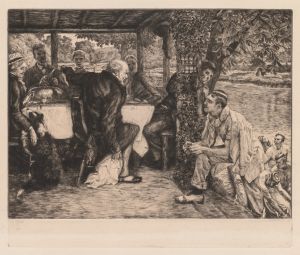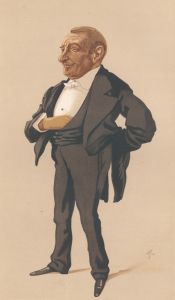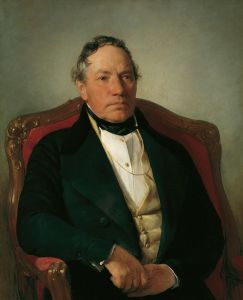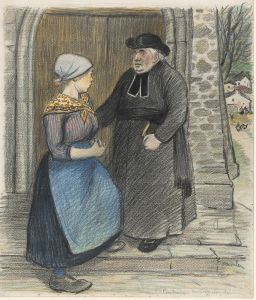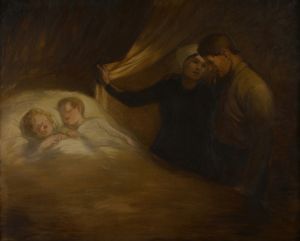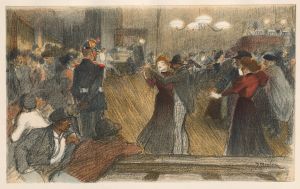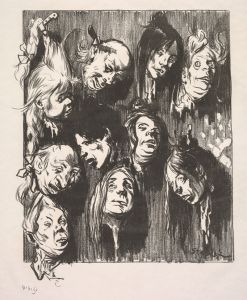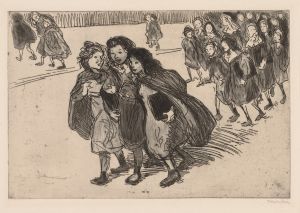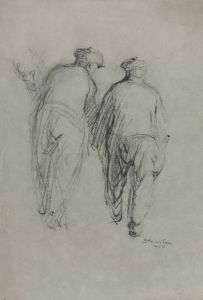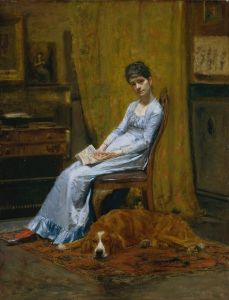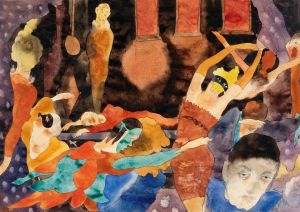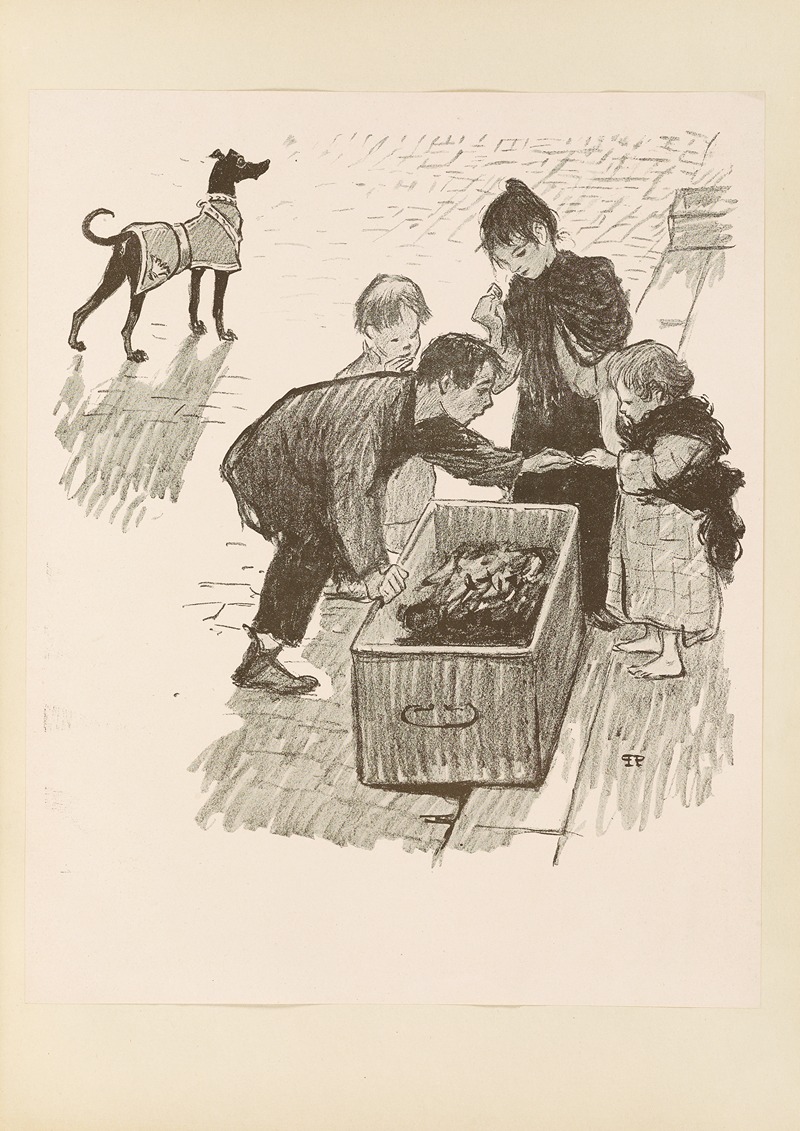
The Children And The Rich Man’s Dog
A hand-painted replica of Théophile Alexandre Steinlen’s masterpiece The Children And The Rich Man’s Dog, meticulously crafted by professional artists to capture the true essence of the original. Each piece is created with museum-quality canvas and rare mineral pigments, carefully painted by experienced artists with delicate brushstrokes and rich, layered colors to perfectly recreate the texture of the original artwork. Unlike machine-printed reproductions, this hand-painted version brings the painting to life, infused with the artist’s emotions and skill in every stroke. Whether for personal collection or home decoration, it instantly elevates the artistic atmosphere of any space.
Théophile Alexandre Steinlen, a Swiss-born French Art Nouveau painter and printmaker, is renowned for his depictions of Parisian life, particularly in the Montmartre district. While Steinlen is best known for his iconic poster art, such as "Le Chat Noir," his body of work also includes a variety of paintings and illustrations that capture the social realities of his time.
"The Children And The Rich Man’s Dog" is one of Steinlen's lesser-known works. Unfortunately, there is limited information available about this specific painting, including its creation date, current location, and detailed historical context. Steinlen's oeuvre often reflects his keen observation of the disparities in society, and it is likely that this painting similarly explores themes of social inequality, a recurring subject in his work.
Steinlen's art frequently depicted the lives of the working class and the marginalized, often contrasting them with the more affluent sectors of society. His works are characterized by a compassionate portrayal of the poor and an implicit critique of the social structures that perpetuate inequality. This thematic focus is consistent with the title "The Children And The Rich Man’s Dog," which suggests a juxtaposition between the innocence and vulnerability of children and the opulence associated with wealth, symbolized by the rich man's dog.
Throughout his career, Steinlen was deeply influenced by the social and political climate of France during the late 19th and early 20th centuries. He was part of a broader movement of artists and writers who used their work to comment on social issues, aligning with the ideals of realism and naturalism. His art often served as a form of social commentary, highlighting the struggles of everyday people and critiquing the disparities he observed in society.
Steinlen's technique and style are notable for their expressive lines and attention to detail, which bring a sense of immediacy and empathy to his subjects. His ability to capture the essence of his subjects with both sensitivity and critical insight is a hallmark of his work.
While specific details about "The Children And The Rich Man’s Dog" remain elusive, the painting can be appreciated within the broader context of Steinlen's artistic legacy. His work continues to be celebrated for its poignant social commentary and its ability to evoke both the beauty and the hardships of life in turn-of-the-century Paris. Steinlen's art remains relevant today, offering a window into the past while continuing to resonate with contemporary audiences who grapple with similar social issues.





